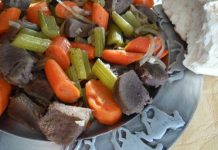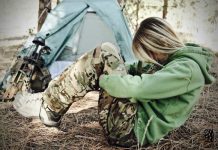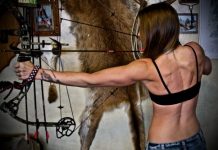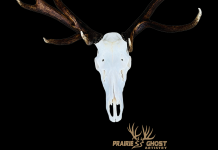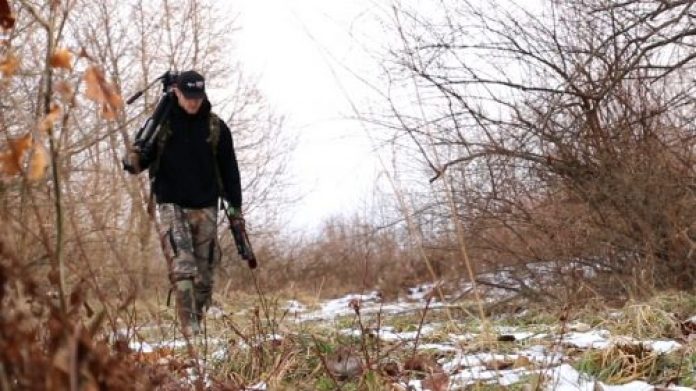
We have all been there. you just got up in your tree stand, you can’t catch your breath and you feel that lower back sweat ruining all your scent control efforts. Maybe you spent all morning hiking up to the elevation you picture your target animal being and you’re so worn out you just want to sit down and not move. No question, as hunters we have all had that moment where we wish we had been in better shape. In this article, I will show you how I choose what style of training I will be doing and the food I use to make sure my hunts have no limitations.
Nutrition
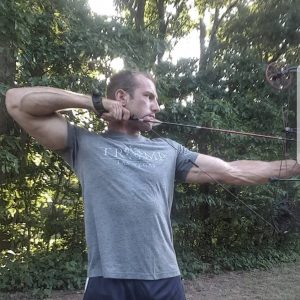
When it comes to food, I look for 1. how easy is it for me to get in my pack and 2. what will it do for me once eaten? Some examples of food I keep on me would include tuna creation packets, protein bars, protein powder, sardines, even white rice is super light and easy to cook given the situation. We want to avoid looking at sugar as an energy source and start seeing clean carbs as energy or healthy fats. 10-15g of protein is a good number to look for per snack as well and as always keep the bad fats low. Once again, AVOID SUGAR!
Training
When deciding what style of training you should pursue before or during a hunt you need to consider the following: What will my everyday pack weight be (back in and out)? What kind of distance will I need to cover each day? My current body weight? What kind of terrain am I facing? Knowing the answer to these questions will help determine how we train. Knowing your pack weight is crucial for choosing how much weight you train with. For example, if my pack out is going to weigh around 60lbs, then I want the weight I move in the gym to be comparable.
Some hunts, the hardest part of the travel will be climbing the tree stand where as other hunts a 3-4mi hike each morning is normal so we want to adjust our cardiovascular levels to match the task at hand. Your body weight will come in handy when choosing the amount of food and water we need to consume each day. A great rule of thumb for choosing how much protein you need each day is 1g of protein per 1lb of body weight. I recommend researching your hunting area terrain prior to the hunt. If I’m stalking mule deer in the plains of Nebraska I won’t focus on climbing strength as much as I will long distance training. So, next time you choose a hunt, ask yourself those questions and get to work!
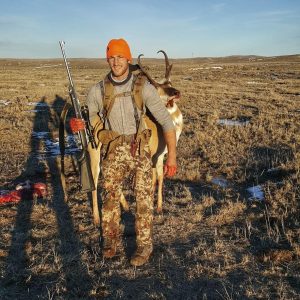
Who else has some good workout routines they do to get into hunting shape?



